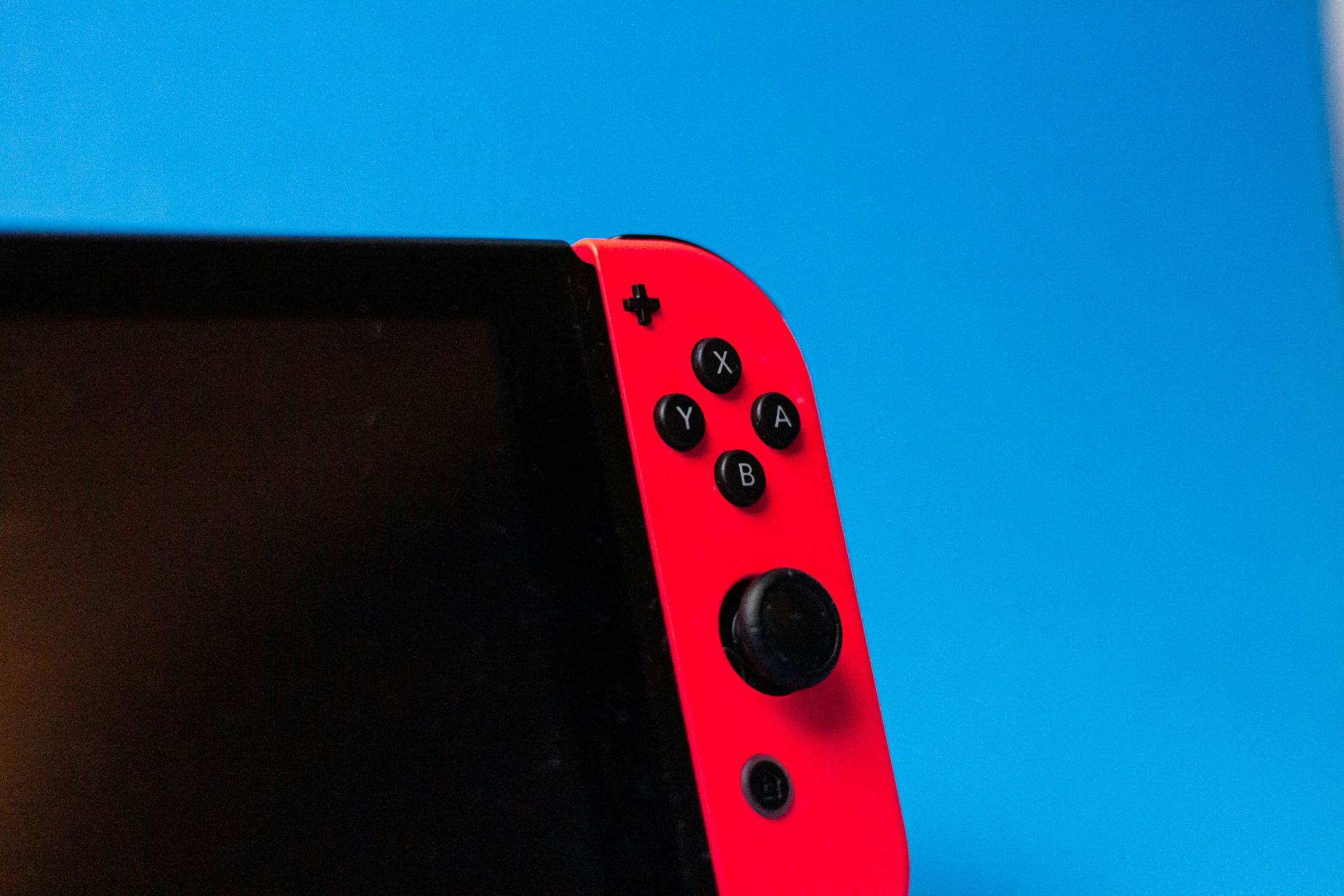President-elect Donald Trump’s renewed focus on tariffs has raised alarms in the gaming industry. His administration proposed a 60% import tax on goods assembled in China and additional tariffs on imports from other countries, which could increase the cost of gaming consoles in the United States. With the PlayStation 5 Pro, Xbox Series X, and Nintendo Switch among the products heavily reliant on overseas manufacturing, consumers may soon face sticker shock.
Are $1,000 consoles the new normal for U.S. gamers
The Consumer Technology Association (CTA) predicts a 40% price increase in gaming consoles if these tariffs are implemented. A Nintendo Switch, priced at $300 today, could climb to over $400, while the anticipated Switch 2 might launch with an eye-watering price tag nearly double its predecessor. Similarly, Sony’s PlayStation 5 Pro could reach nearly $1,000, and PC gaming components like Nvidia graphics cards may see similar hikes. These increases could lead to a 57% decline in sales, jeopardizing the industry’s current trajectory.
The impact extends beyond consumer costs. Tariffs often redirect corporate resources toward offsetting taxes rather than fostering innovation. According to Richard Kowalski, Senior Director of Business Intelligence at the CTA, these policies could stifle technological advancements by forcing companies to prioritize tariff payments over investing in new talent or cutting-edge technologies.
In anticipation of these tariffs, major gaming companies are scrambling to adjust. Nintendo has begun relocating a significant portion of its manufacturing from China to Vietnam, with roughly half of its Switch production now based outside China. While this move could cushion the blow, analysts like David Gibson of MST Financial warn that prices will rise substantially if tariffs are enforced.

Sony and Microsoft face similar challenges. With over 70% of Sony’s PlayStation 5 production in China, the company is particularly vulnerable to cost increases. While boasting a more diversified manufacturing base, Xbox would also need to adapt quickly to avoid passing excessive costs onto consumers.
Shifting production entirely out of China is no small feat. Experts predict companies could take 12 to 24 months to establish alternative manufacturing hubs in countries like India. However, infrastructure limitations in these regions may delay such transitions, leaving companies with little choice but to pass costs on to U.S. consumers in the short term.
The proposed tariffs could reduce console sales and alter the gaming industry’s future. Analysts suggest that the rising costs of physical consoles may push gamers toward cloud gaming services and digital-only platforms. These alternatives, exempt from many tariffs, could become more attractive to consumers seeking budget-friendly options.
At the same time, the increase in console prices might hasten the decline of physical games in favor of digital downloads, which are less impacted by tariffs. However, some publishers may raise digital game prices to offset revenue losses from reduced physical sales.
Economists worry that these changes could dampen the industry’s growth when it faces challenges from post-pandemic inflation and interest rate hikes. Joost Van Dreunen, a lecturer at NYU Stern School of Business, predicts that U.S. console sales could drop to levels seen in the early 2000s, erasing two decades of expansion in gaming culture.
The gaming world waits to see how Trump’s policies will unfold. While industry giants like Microsoft, Sony, and Nintendo may lobby for exemptions, the likelihood of sweeping changes looms large. As Chris Clarke, an economist at Washington State University, observes, “U.S. gamers will bear the burden of these taxes.” Whether through innovation or adaptation, the gaming industry faces a crucial turning point in the coming months.
Image credit: Kamil Switalski/Unsplash





